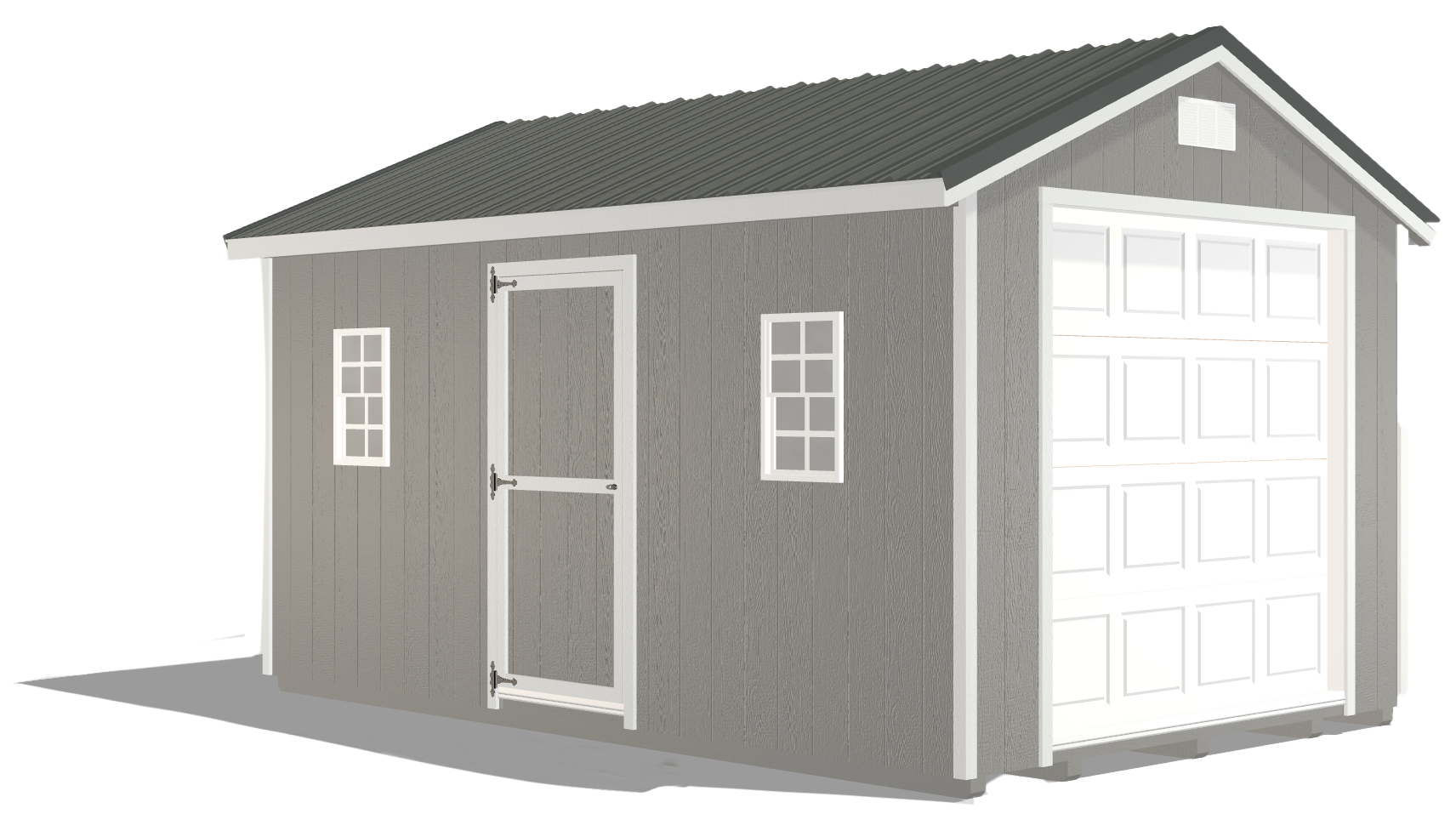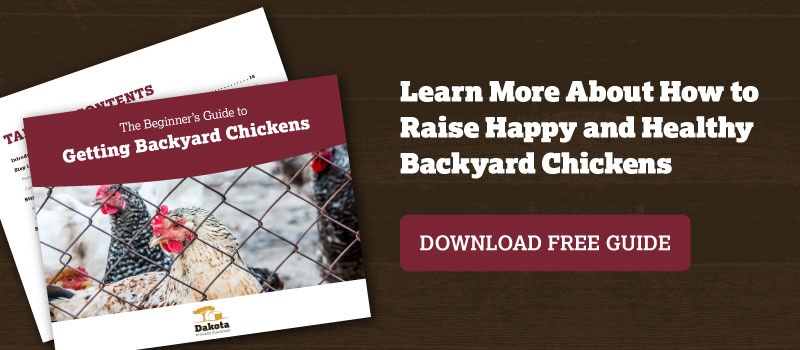How to Start Homesteading — 8 Practical Steps
by Dakota Storage Buildings, on April 14, 2021
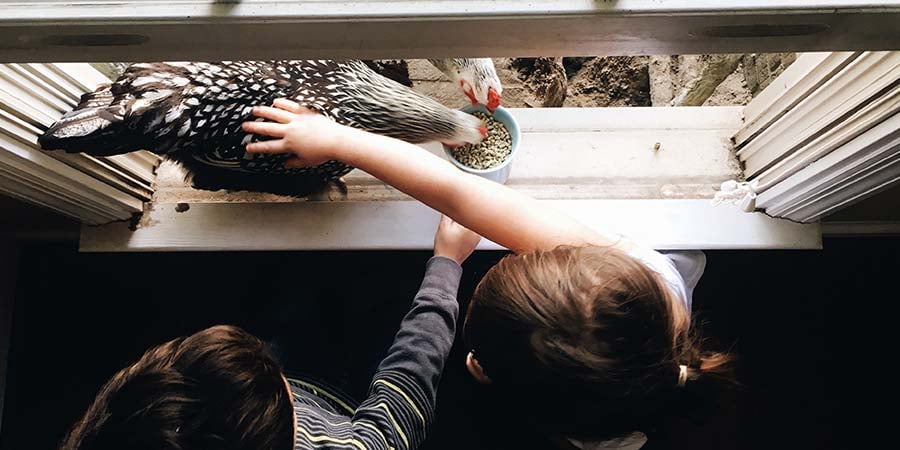
Whether you’re interested in partial or full-on homesteading, here are eight simple ways to get started.
Those who find value in clean eating, buying local, sustainability, and minimalist living are often drawn to the idea of homesteading because it embodies the concept of living simply. For most, this means living with less (less stuff, less debt, less busyness, etc.), eliminating processed products, and focusing on a clean and healthy lifestyle. For some, it's a matter of financial freedom, self-sufficiency, and a departure from commercialism. By definition, though, homesteading is living like a settler who lives off the land without relying on commercial solutions. It's characterized by subsistence agriculture, home food preservation, and small-scale production of textiles, clothing, and craftwork for household use.
Whether you're looking to transition into full-on homesteading or simply improve your quality of life, here are eight simple and practical steps that will move you closer to your goals.
1. Evaluate your budget.
Part of homesteading is living within your means. For many, the ultimate goal is complete financial sustainability. Arriving at financial freedom takes discipline, frugality, and creativity. But, no one starts there. Evaluating your budget, getting it under control, and slimming it down as much as possible are solid first steps. From there, learn how to live on a cash-basis, pay off debt, and increase savings. Doing this will put you in control of your money, eliminating wearisome paycheck-to-paycheck living, stressful monthly payments, and ongoing financial burdens.
For more info, check out 6 Steps To A Debt-Free Homesteading Budget and Frugal Homestead Series: The Budget.
2. Simplify your life.
We can get busy — too busy sometimes. Some of us continuously take on more responsibility outside of the house because we think we need to be doing more. In reality, we don't. What's currently draining your time, energy, and money that you could eliminate or cut back? Chances are everything you're involved with is useful, helpful, or fun — but at what expense? If you're serious about core homesteading principles, it's time to simplify your life.
Take time to clear up your schedule, set aside time for your family, declutter your home, scale back on screen time, and plan more outdoor meals and walks with friends. Just like simplifying your budget, simplifying your life is hard work, but there are many immediate and long-term benefits.
For more ideas, read 5 Ways You to Simplify Your Life and The Benefits of Simplifying Your Home and Life.
3. Shop locally.
If you're interested in homesteading principles, consider where and how you shop. From meat and dairy to soap and decor, many items can be purchased from local businesses. For food particularly, hit up local farms and farmers markets to buy wholesome, highly-nutritious, in-season ingredients. Before you plan your next visit to the grocery store, brainstorm what you can buy from local farmers and farmers markets first.
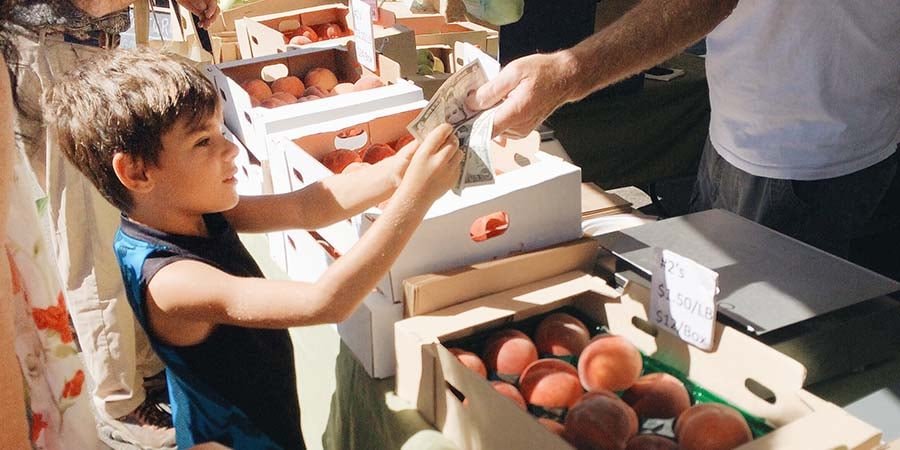 As a bonus, most produce at farmers markets is grown within 100 miles. This means that the farms are a source of local jobs and an investment in the local economy. Buying locally puts you closer to your clean eating and sustainability goals.
As a bonus, most produce at farmers markets is grown within 100 miles. This means that the farms are a source of local jobs and an investment in the local economy. Buying locally puts you closer to your clean eating and sustainability goals.
4. Make meals from scratch.
Most ready-to-cook meals and packaged foods are loaded with fat, sugar, salt, and chemicals. These are cheap ways to make the food taste good and give it a longer shelf life but are not good for your health. Cooking food from scratch may take more effort, but it gives you the freedom to use better ingredients, healthier fats, and less sugar or salt.
Clean eating means knowing what's in your food, where it came from, and feeling good about it. Food is meant to nourish your body, not make it sick. As you cook from scratch, you will improve your health and save money. So much of homesteading is learning to cook and to eat what you grow.
And here's a bonus. If you enjoy cooking, invite your family to join. Cooking together offers quality time, fond memories, and a great way to teach kids the inner working of a kitchen.
Discover more tips at A Homemaker's Guide to Homestead Cooking and 4 Tips on How to Cook "From Scratch" Like a Homesteader.
5. Start a garden.
Growing your own food gives you total control over what's grown and how. You'll quickly learn that all parts of every plant become resources in supplying your family with wholesome meals and that gardening is about hard work, nutritious food, eating what's in season, and preserving the rest.
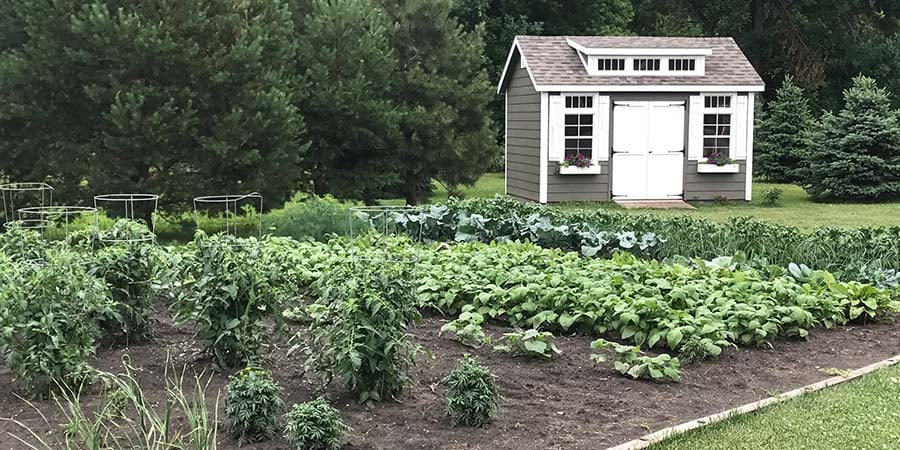
Plus, if you choose to grow your food without pesticides and herbicides, you'll cut down on air and water pollution and fossil fuel use (your veggies aren't being shipped; only relocated from your garden to your kitchen). This is yet another way to promote sustainability and stay within budget.
For those who don't have enough space for a garden, don't worry. You can start by using pots or securing a spot in a community garden.
For more insight into starting a backyard garden, read 10 Reasons Gardens Matter and The Basics of Homestead Gardens (For Non-Gardeners).
Our Garden Shed is the perfect compliment to any backyard garden. Check out our options today.
6. Compost and recycle.
Reducing, reusing, recycling, and composting are of great importance in homesteading. Salvaging household waste is one of the easiest ways to cut back on both spending and pollution. When shopping, look at the products you buy and reflect on ways to get around the need for packaging. For instance, is it something you can make yourself (cookies, bread, etc.)? Is there an alternative product with better packaging (paper vs. plastic)? Can you buy it in bulk and store it in reusable containers?
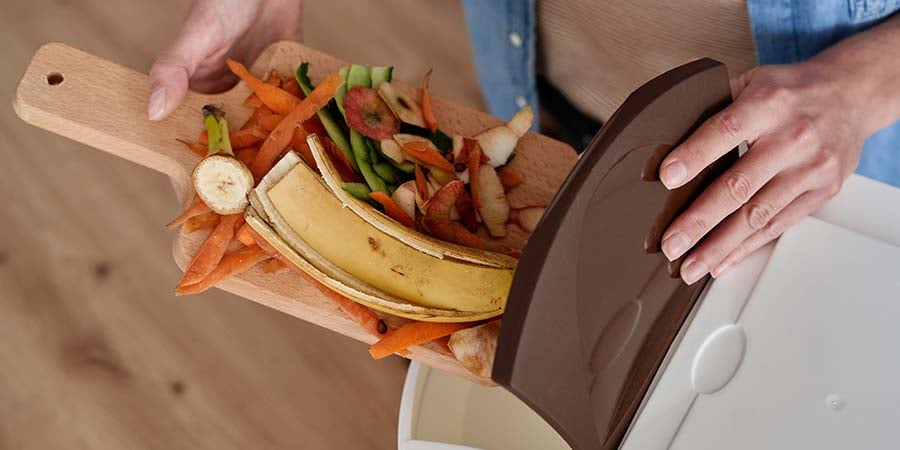 Doing these things keeps your carbon footprint small, maximizes what you have, and saves money — all of which are foundational homesteading principles.
Doing these things keeps your carbon footprint small, maximizes what you have, and saves money — all of which are foundational homesteading principles.
Want more trash reuse insights? Read Trash on the Homestead: Everything You Need To Know.
7. Collect rainwater.
Collecting your rainwater is an excellent way to conserve resources and save money. A basic rainwater collection system catches rainwater from your roof or other surface and channels it into a container for storage. Rainwater itself is generally clean, but it can pick up microorganisms, pollutants, and debris when it hits your roof. You can use this water for your garden and lawn, but if you wish to consume what you collect, look into installing rainwater filtration and treatment solutions inside your house to ensure safety.
8. Raise backyard chickens.
Raising chickens makes a lot of sense. They're handy for your garden, especially if they eat weeds and pests before you plant. They also work as an anchor to a comprehensive natural system: their waste becomes fertilizer for your garden, and your garden scrapes become their food. Plus, they provide the freshest eggs you can find. And if you raise some for poultry — until you are ready to kill and defeather on your own — it's usually easy enough to find a local butcher who will do it for you.
If you're interested in raising backyard chickens, we have some tips to help you choose the right breed for your climate, what to consider when building or buying a coop, and more.
Read more backyard chicken articles.
Take the first step.
While you can start with any of these steps, take a moment to figure out your short-term or long goals. Whether you’re looking to dive headlong into homesteading or make a few lifestyle changes to eat better or scale back on your stress level, knowing what you’re trying to accomplish and why will help keep you on track to your goals.
To learn more about homesteading and how to get started, read How To Start a Homestead: Step By Step Beginners Guide.


















